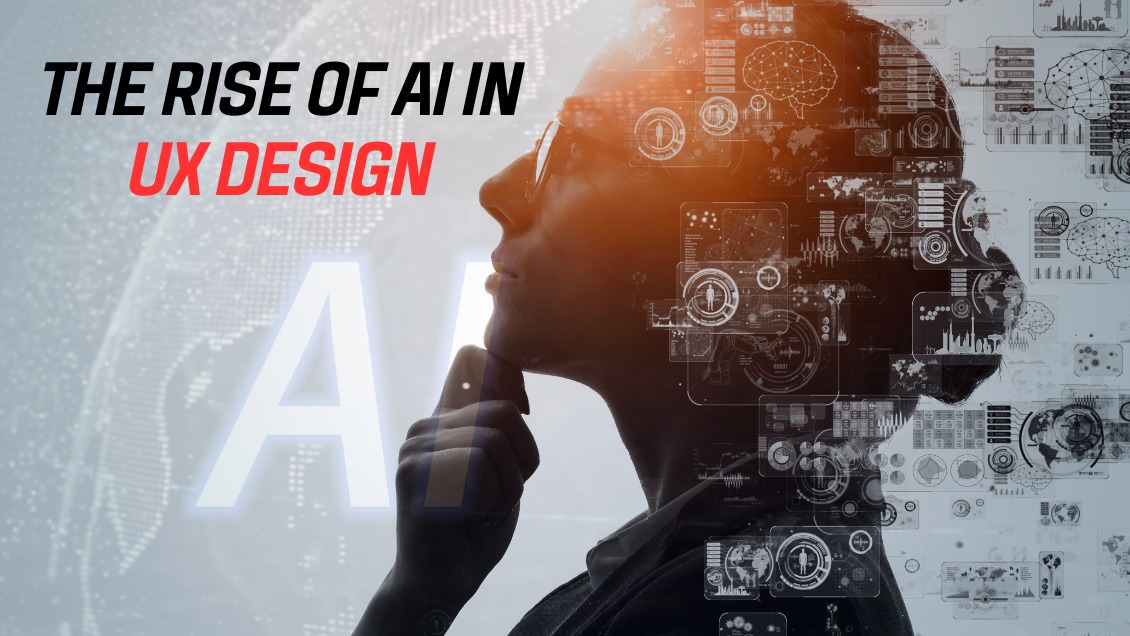Introduction to AI in UX Design
The world of UX design is undergoing a major transformation thanks to the power of Artificial Intelligence (AI). AI is enhancing the way designers approach problem-solving, improving the user experience, and increasing productivity. In 2025, AI in UX design is expected to become even more integral as it opens new opportunities for designers to work smarter, not harder.
In this blog, we will explore how AI is reshaping UX design, highlight the most essential AI UX tools every designer should know, discuss career growth for AI-powered UX designers, and explain why Felix IT Systems is the best place to learn AI + UX in Pune, Mumbai, and Ahmedabad.
How AI is Transforming User Experience
AI has already begun to infiltrate various industries, and UX design is no exception. Here’s how AI for UX design is changing the game in 2025:
1. Automated User Research
Traditionally, UX designers had to manually collect user data through surveys, interviews, and focus groups. AI is automating much of this process by analyzing massive amounts of user data, identifying patterns, and providing actionable insights. Tools powered by AI can now track user behavior on websites and apps, automatically generate personas, and even suggest design adjustments based on real-time feedback.
2. Personalization at Scale
AI-powered systems can now analyze individual user preferences and behaviors to deliver highly personalized experiences. This is crucial in UX design, as creating user-centric designs has always been the goal. With AI, designers can create dynamic interfaces that adapt to user needs, preferences, and past interactions, ultimately increasing user satisfaction.
3. Enhanced Prototyping and Wireframing
AI tools for UX design help speed up the prototyping process. Generative AI can quickly suggest wireframe layouts, automatically generate design elements based on user stories, and even propose design variations for testing. This not only saves time but also encourages rapid iteration and experimentation.
4. Usability Testing and Analysis
AI can help improve usability testing by analyzing user interactions with designs in real-time. It can identify friction points, suggest improvements, and even predict user behavior based on past interactions. AI-powered heatmaps and session replays offer designers valuable insights into how users interact with designs, allowing for more efficient design tweaks and adjustments.
Tools Every UX Designer Should Know in 2025
As AI continues to evolve, several AI UX tools have emerged that every modern UX designer should familiarize themselves with. These tools empower designers to be more efficient, creative, and data-driven. Here are a few must-have AI tools for UX designers:
1. Figma + AI Plugins
Figma has already become one of the most popular tools for UX/UI design, and now its integration with AI plugins takes it to the next level. Plugins like Figma AI can suggest design elements, layouts, and even provide content generation based on user input.
2. Uizard
Uizard is an AI-powered design tool that automatically converts hand-drawn sketches into polished digital designs. It’s perfect for designers looking to quickly transform their ideas into prototypes without spending too much time on design execution.
3. Adobe Sensei
Adobe Sensei leverages AI to help designers with intelligent image editing, content recognition, and automatic layout adjustments. Adobe’s suite of tools, powered by AI, allows for rapid design creation while maintaining a focus on user-centered outcomes.
4. InVision Studio + AI Features
InVision Studio integrates AI to enable rapid prototyping and interaction design. It comes with a robust set of features that let designers automatically adapt designs based on user preferences and testing results, helping streamline workflows and optimize designs for maximum impact.
5. UXtweak
UXtweak is an AI-powered usability testing tool that offers real-time analytics and suggests improvements based on the results. This tool helps designers identify issues with navigation, content hierarchy, and overall user flow, which can then be optimized for better performance.
Career Growth for AI-Powered UX Designers
As AI becomes more embedded in UX design, the demand for AI-powered UX designers is expected to grow rapidly in 2025. Here’s why:
1. High Demand for Skills
Companies are increasingly looking for UX designers with AI expertise to stay competitive in a tech-driven world. Designers who can leverage AI tools to optimize user experiences will be highly sought after by top tech firms, startups, and enterprises alike.
2. Better Career Opportunities
AI-powered design skills can open doors to more senior positions such as UX strategist, design lead, or even AI product manager. Those with a solid understanding of AI and UX are more likely to move up the career ladder quickly and work on high-impact projects.
3. Increased Salary Potential
AI in UX design is still a relatively niche skill set, which means professionals with these skills can command higher salaries. As AI tools become more widespread, the value placed on AI UX designers will continue to increase.
Why Felix-ITS is the Best Institute to Learn AI + UX in Pune, Mumbai, Ahmedabad
If you’re looking to future-proof your UX design career and dive deep into AI-powered UX design, look no further than Felix IT Systems. Here’s why Felix-ITS stands out as the best training institute for AI and UX design:
1. AI-Enhanced Curriculum
Our courses are tailored to include the latest advancements in AI, ensuring you stay ahead of the curve. Learn to use cutting-edge AI UX tools like Figma AI, Uizard, and Adobe Sensei, while also gaining a solid understanding of design principles and strategies.
2. Expert Instructors
At Felix-ITS, our instructors are not just teachers—they’re industry experts with years of experience in UX design and AI applications. They’ll provide personalized guidance and mentorship throughout your learning journey.
3. Live Projects and Case Studies
Our students work on live projects and real-world case studies, gaining hands-on experience with AI-powered design tools. This practical exposure helps bridge the gap between theory and practice, making our graduates highly sought after in the job market.
4. 100% Job Assistance
Felix-ITS offers 100% job assistance to help you secure your dream role as an AI-powered UX designer. We partner with top companies, including TCS, Accenture, and others, to help you connect with hiring opportunities.
FAQs
1. Do I need coding experience to learn AI in UX Design?
No, you do not need any coding experience. Our courses are designed to help beginners understand AI and UX design, and we provide all the support needed to learn these skills effectively.
2. What career opportunities can I expect after completing an AI UX Design course?
Graduates of our AI UX design courses can expect to work as UX designers, UI designers, AI UX researchers, or product designers in top tech companies, startups, and design agencies.
3. How long does it take to become proficient in AI for UX design?
It typically takes 4 to 6 months to gain proficiency in AI tools and UX design, especially with the hands-on training and expert guidance provided by Felix-ITS.
Conclusion
AI is reshaping the future of UX design, and the tools and techniques discussed here are just the beginning. By mastering AI-powered design tools, you can enhance your design process, increase your career potential, and become a sought-after professional in the fast-growing field of UX design.
If you’re ready to embrace the future of design, Felix-ITS in Pune, Mumbai, and Ahmedabad is the perfect place to start your journey!


